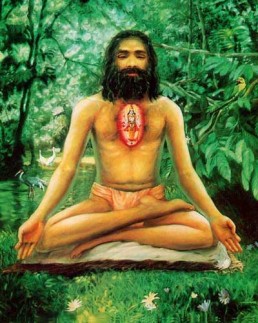Patanjali Yogasutra Introduction
Part 1 – Samādhi-pāda – Yoga and its Aims
1.1
1.2
1.3
1.4
1.5
1.6
1.7
1.8
1.9
1.10
1.11
1.12
1.13
1.14
1.15
1.16
1.17
1.18
1.19
1.20
1.21
1.22
1.23
1.24
1.25
1.26
1.27
1.28
1.29
1.30
1.31
1.32
1.33
1.34
1.35
1.36
1.37
1.38
1.39
1.40
1.41
1.42
1.43
1.44
1.45
1.46
1.47
1.48
1.49
1.50
1.51
Part 2 – Sādhana-pāda – Yoga and its Practice
2.1
2.2
2.3
2.4
2.5
2.6
2.7
2.8
2.9
2.10
2.11
2.12
2.13
2.14
2.15
2.16
2.17
2.18
2.19
2.20
2.21
2.22
2.23
2.24
2.25
2.26
2.27
2.28
2.29
2.30
2.31
2.32
2.33
2.34
2.35
2.36
2.37
2.38
2.39
2.40
2.41
2.42
2.43
2.44
2.45
2.46
2.47
2.48
2.49
2.50
2.51
2.52
2.53
2.54
2.55
Part 3 – Vibhūti-Pāda – Powers
3.1
3.2
3.3
3.4
3.5
3.6
3.7
3.8
3.9
3.10
3.11
3.12
3.13
3.14
3.15
3.16
3.17
3.18
3.19
3.20
3.21
3.22
3.23
3.24
3.25
3.26
3.27
3.28
3.29
3.30
3.31
3.32
3.33
3.34
3.35
3.36
3.37
3.38
3.39
3.40
3.41
3.42
3.43
3.44
3.45
3.46
3.47
3.48
3.49
3.50
3.51
3.52
3.53
3.54
3.55
3.56
Part 4 – Kaivalya-pāda – Liberation
4.1
4.2
4.3
4.4
4.5
4.6
4.7
4.8
4.9
4.10
4.11
4.12
4.13
4.14
4.15
4.16
4.17
4.18
4.19
4.20
4.21
4.22
4.23
4.24
4.25
4.26
4.27
4.28
4.29
4.30
4.31
4.32
4.33
4.34

Commentary on Sri Patanjali Yogasutra by Swami Vivekananda
It is the highest manifestation of the power of Vairagya when it takes away even our attraction towards the qualities. We have first to understand what the Purusha, the Self, is and what the qualities are. According to Yoga philosophy, the whole of nature consists of three qualities or forces; one is called Tamas, another Rajas, and the third Sattva. These three qualities manifest themselves in the physical world as darkness or inactivity, attraction or repulsion, and equilibrium of the two. Everything that is in nature, all manifestations, are combinations and recombinations of these three forces. Nature has been divided into various categories by the Sānkhyas; the Self of man is beyond all these, beyond nature. It is effulgent, pure, and perfect. Whatever of intelligence we see in nature is but the reflection of this Self upon nature. Nature itself is insentient. You must remember that the word nature also includes the mind; mind is in nature; thought is in nature; from thought, down to the grossest form of matter, everything is in nature, the manifestation of nature. This nature has covered the Self of man, and when nature takes away the covering, the self appears in Its own glory. The non-attachment, as described in aphorism 15 (as being control of objects or nature) is the greatest help towards manifesting the Self. The next aphorism defines Samadhi, perfect concentration, which is the goal of the Yogi.
Yogasutra – Verse 1.16 – Yogasutra-1.16-tatparaṃ – In Sanskrit with English Transliteration, Translation, Meaning and Commentary by Swami Vivekananda – Yogasutra-1-16
